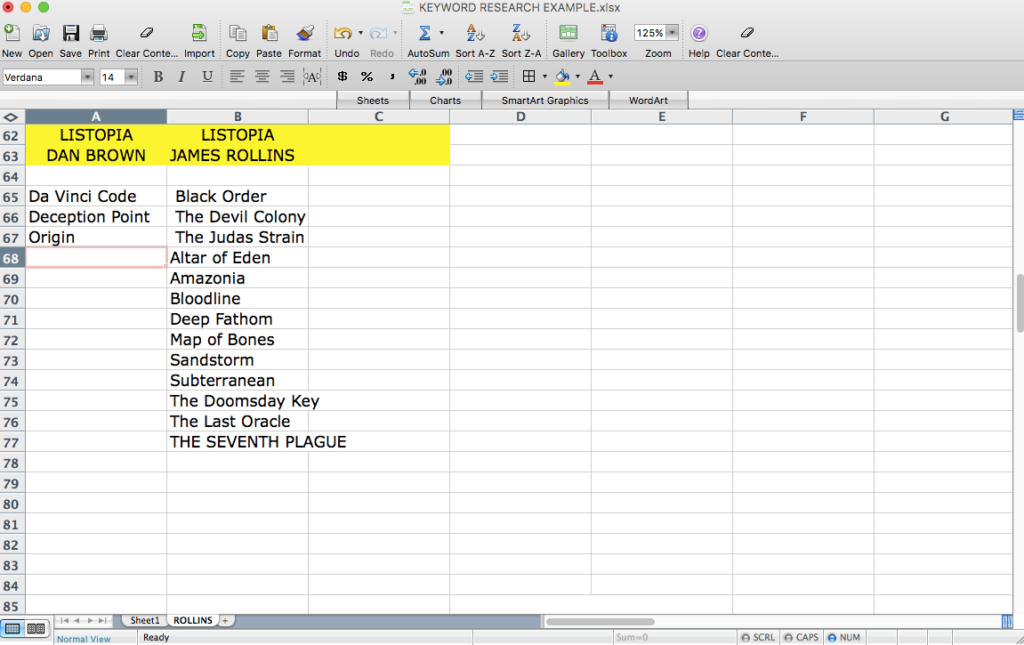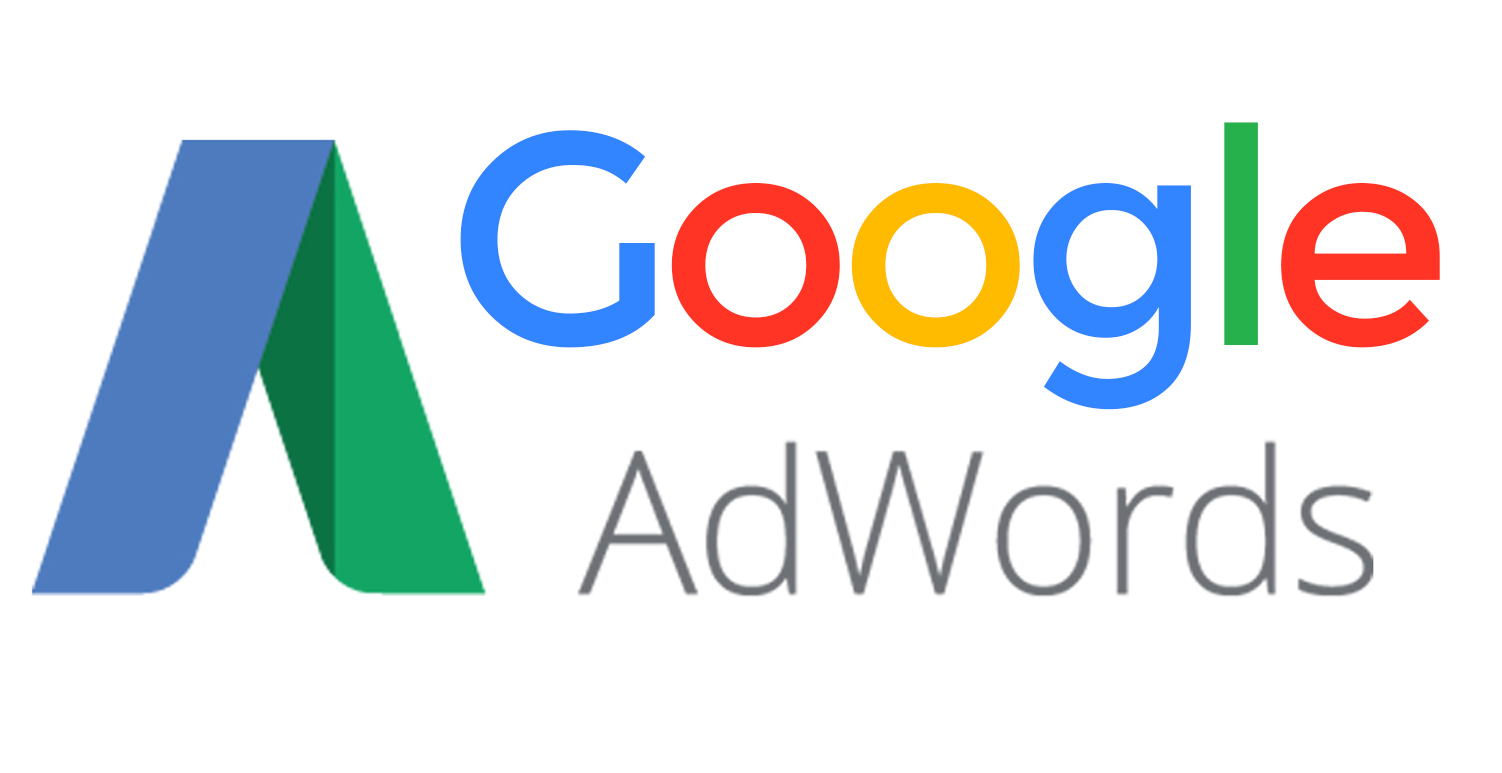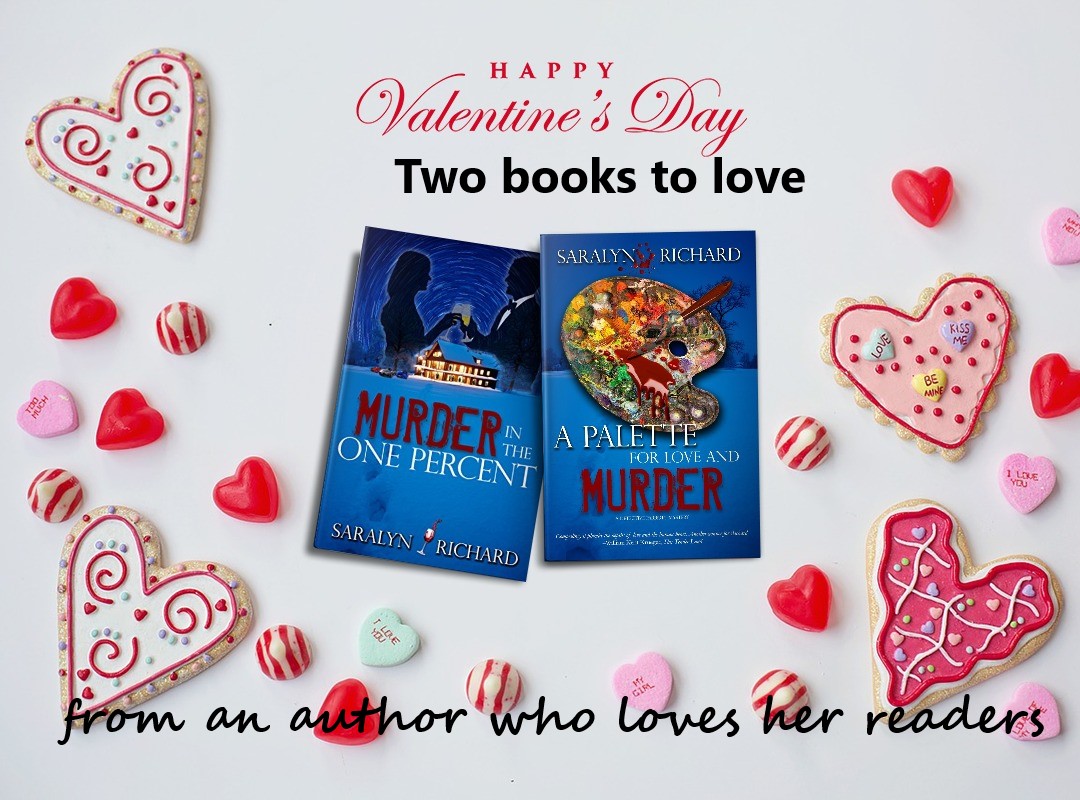Discoverability is King: Keyword Planner Research
Next, is Google’s Keyword Planner research! I know, I know…I said this would be simple. Google’s Keyword Planner tool can seem daunting, but trust me. This is an important step, so, for lack of a better saying: Struggle through it.

You have to signup for an account, but it’s free. I’ll give you compiled screen shots to help. The purpose of this is to go outside of Amazon’s Algorithms and see what people are searching for on Google–the world’s largest search engine. Here is a link to take you to the Google Adwords site.






Hopefully, you didn’t have too much trouble getting to this last step pictured above. What you’ve done so far is ask Google for other keywords that people have searched for in reference to what you’ve entered. In this case, I entered Dan Brown into the keyword planner and it populated a list of keywords that people have searched for in addition to Dan Brown.
Here, you’ll have to do a little relevance thinking. Look at those keyword suggestions and make a decision as to which will be relevant.
Not all the words will make sense. Make sure to leave those out. For instance, the keyword “down brown” which is listed outside of this screen shot (so don’t look for it), would not be something of relevance that you’d want to include.
Now, copy and paste relevant Google Keyword suggestions into your spreadsheet.

Almost there! Next, you’ll want to populate a list of those author’s books. I suggest either googling LIST OF MR. AUTHOR’S BOOKS or try searching on Goodreads’ Listopia. You may get lucky and find some there. If not, guess what? You got it! Bounce back and forth between the author’s Amazon page or website page of each author, cutting and pasting each book into the spreadsheet.

That was the hardest part! I promise! Now, all that’s left is to create the ad. Go to Amazon’s marketing homepage. Follow the instructions to create a SPONSORED PRODUCTS ad. Copy and paste all your keywords into the appropriate box, then change the bidding to $.75.
The idea here is to outbid everyone else that is bidding on these keywords for exposure on their books. Right now, at the time of this writing, the average cost per click is $.45.
Why bid $.30 more? To ensure that you win those words and get place closer to the front page. More on this in a minute.
Next, you’ll choose a daily budget and length of time. This depends on how much you can, want, or are willing to spend. I would suggest starting out with just $5 a day until you get a feel for how the Amazon marketing system works. It’s reporting functionality is very limited compared to others out there, but it’s still effective enough to overlook the discrepancy until Amazon creates something better.
The next thing you’re required to do, and it’s paramount, is to craft a few sentences for the hook that will be displayed below the picture of you book (ad). Remember the agony you went through, when crafting the cover copy for you book? Same thing. You’ll want to make it interesting, grabbing, eye-catching, etc.
Let me give you Adam Croft as an excellent example of a hook: Would you kill your wife to save your daughter?
It doesn’t get much better than that, folks! What circumstances would put you in a situation where you’d have to kill your wife to save your kid? I know I downloaded it to find out!
Over time, you’ll monitor the ad and see which keywords are performing the best and which aren’t. There are a bunch of technical terms that have been shortened to just letters, like ACPC, which stands for average cost per click or ACoS (average cost of sales). Those are the most important ones to keep your eye on. If the book you’re advertising is in the 70% royalty rate, then your ACoS should be below 70% in order to make a profit. The lower, the better; it means that the clicks you’re paying for are less than your sales. In other words, you’re making more money than you’re spending.
You can scroll through each keywords statistics and pause the ones that aren’t performing below 70% in order to fine tune the ad. Once you’re comfortable, I would then start experimenting. You can have multiple ads running anywhere from a daily budget of $1 and up! I only have two and they’re $5 each. With that, I saw a 30% increase.
Okay, now you’re remembering that I said I’d increased my sales to almost 40%, and thinking to yourself I’m either fibbing or crazy. I won’t comment on the latter, but, I will finish telling you about the keyword bidding that I said more on that later.
The two things I did that raised my sales up another 10%, were to find which keywords were performing the best and raised their bids to $2 and added the current authors and books that were becoming break-out hits to my list at $2, as well. Don’t worry about the high price. You’ll only pay when people click and you’ll only pay up to the amount it takes to outbid everyone else.
What did this do?
It propelled my ad to the first pages of those SPONSORED PRODUCTS in the middle of other Amazon book pages. If you take another look at the screenshot below, you’ll see there are more pages to go through. What are the chances that readers are going to click through more pages? Have you ever done that? Probably not.

Right now, most people aren’t bidding that high. Don’t forget! What works today, might not work (as well) tomorrow, so, I’d suggest giving Amazon Ads a shot today, before everyone else reads this article.
Best of luck with your books!









What People Are Saying